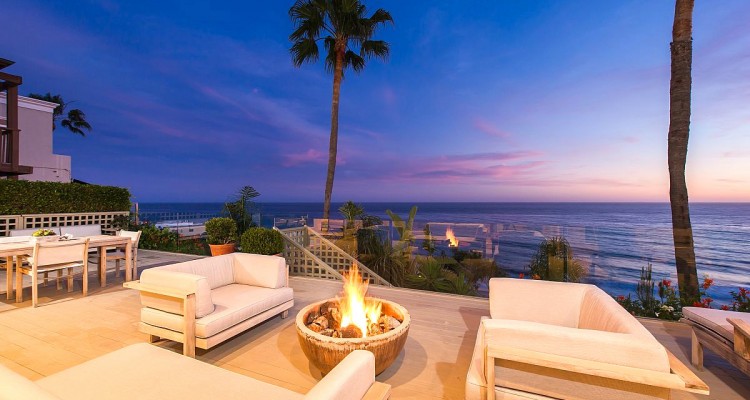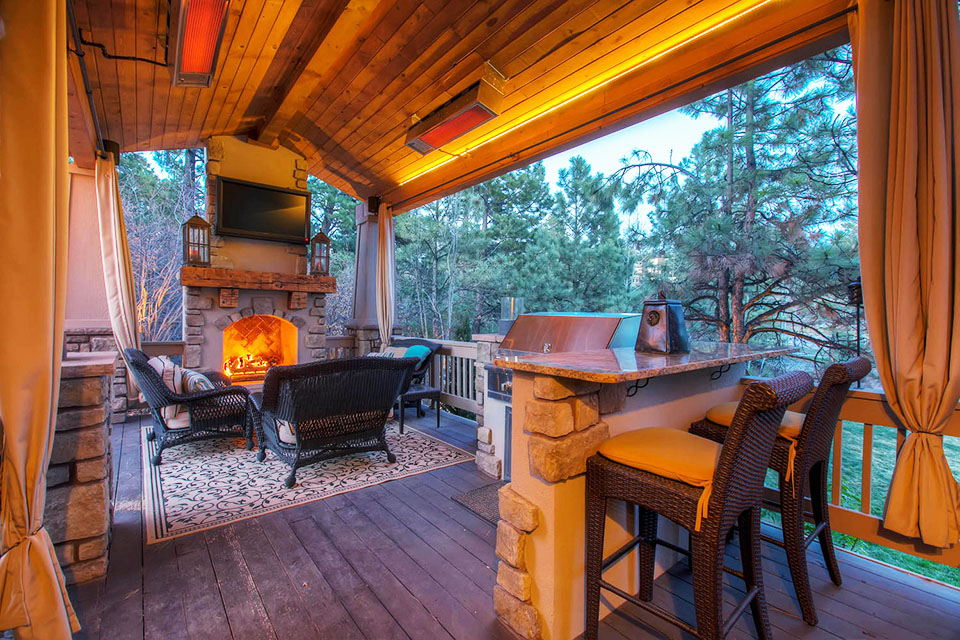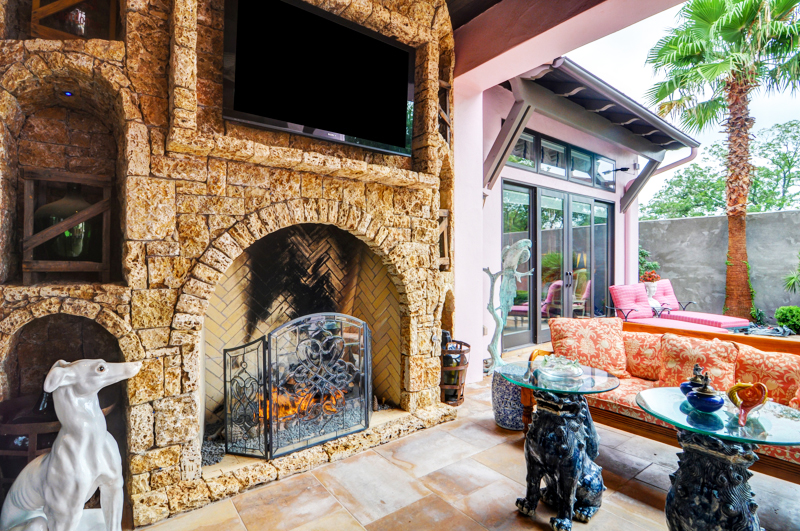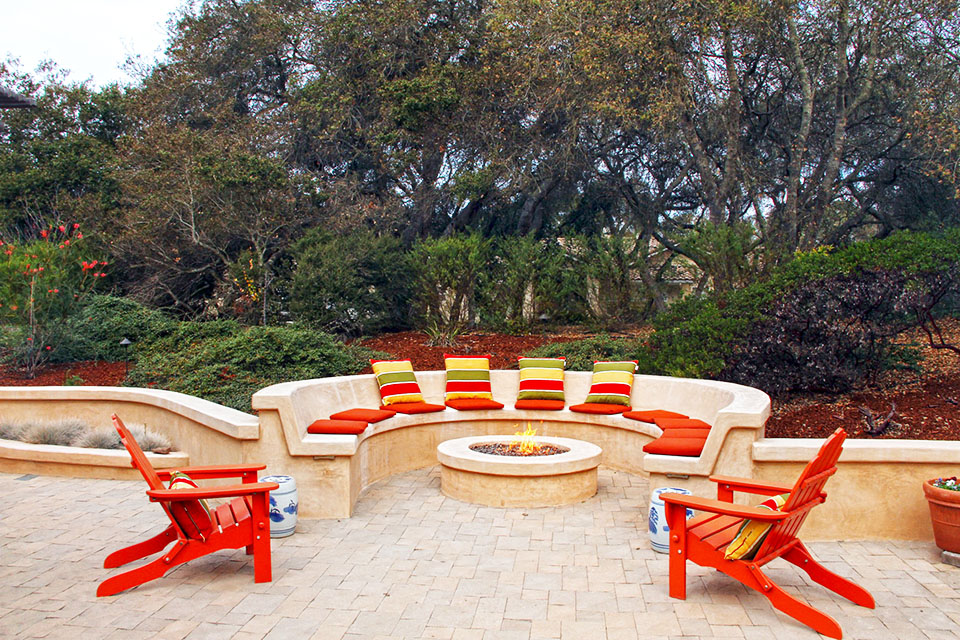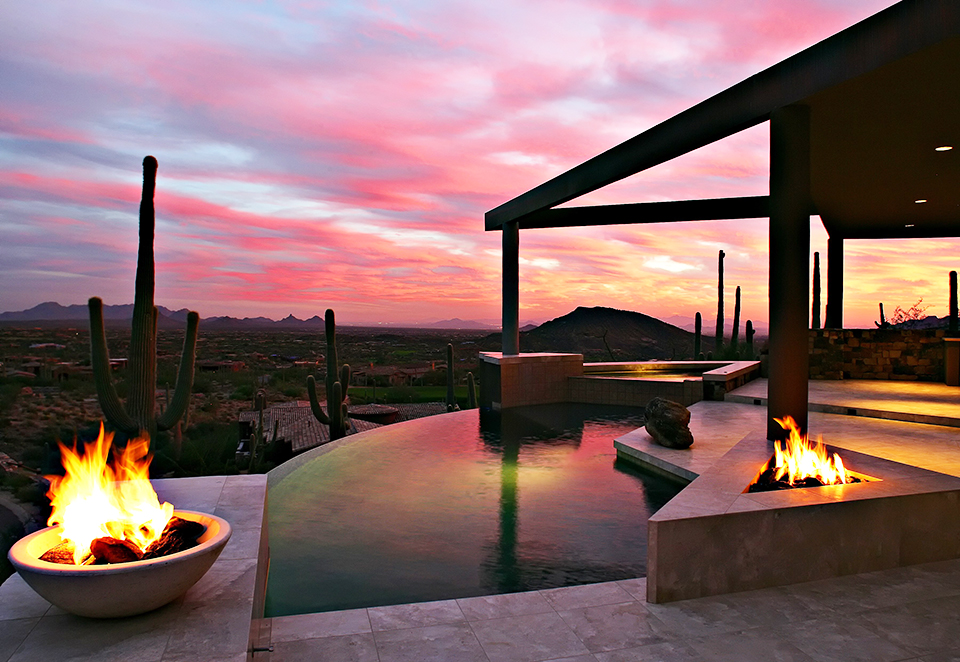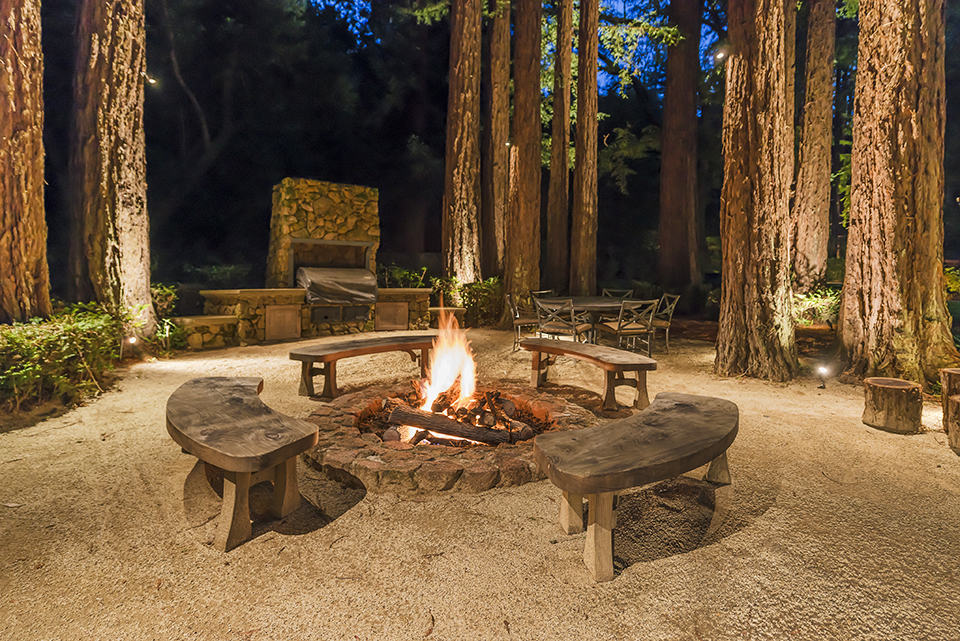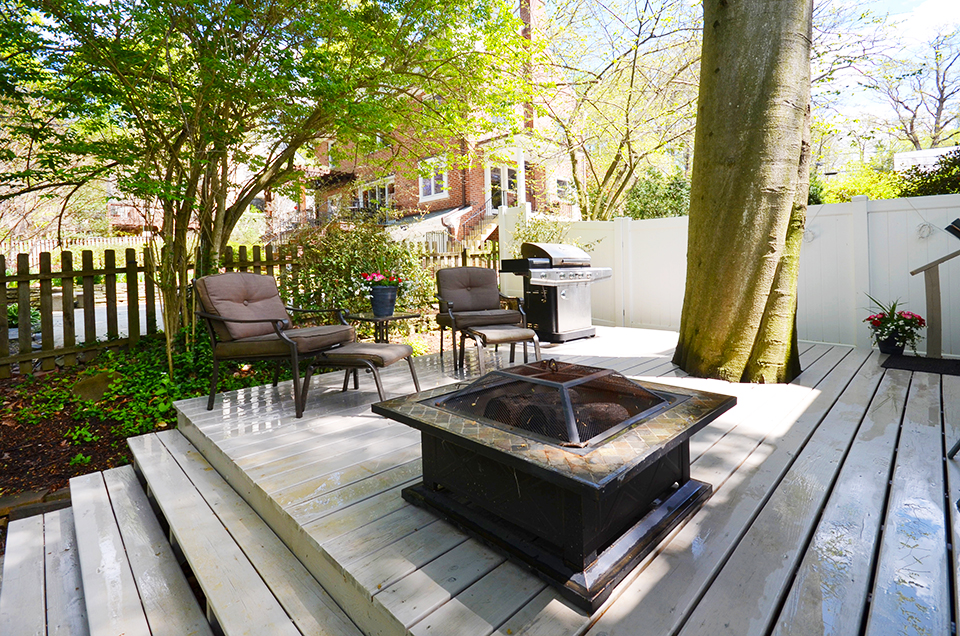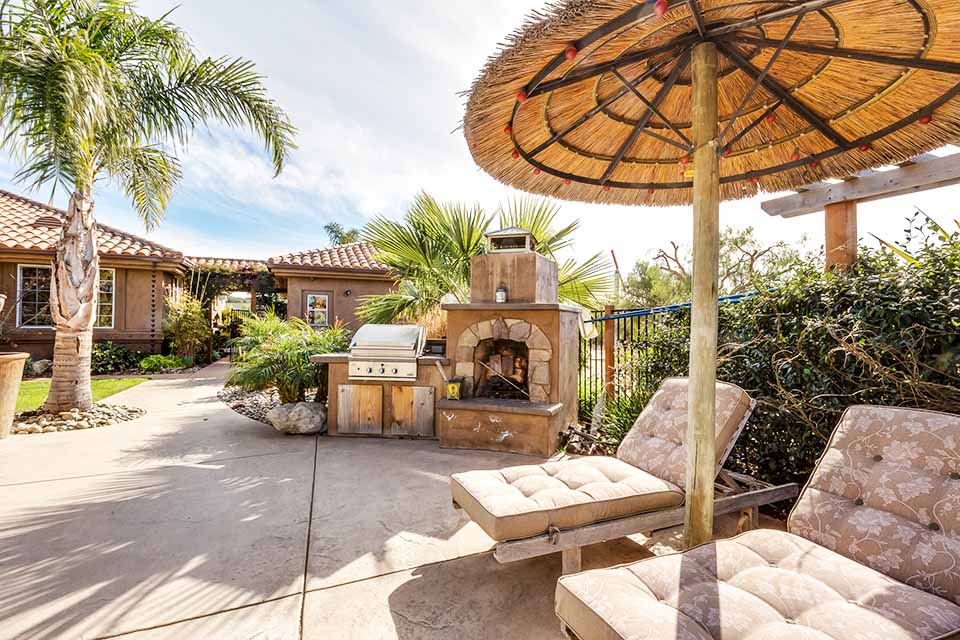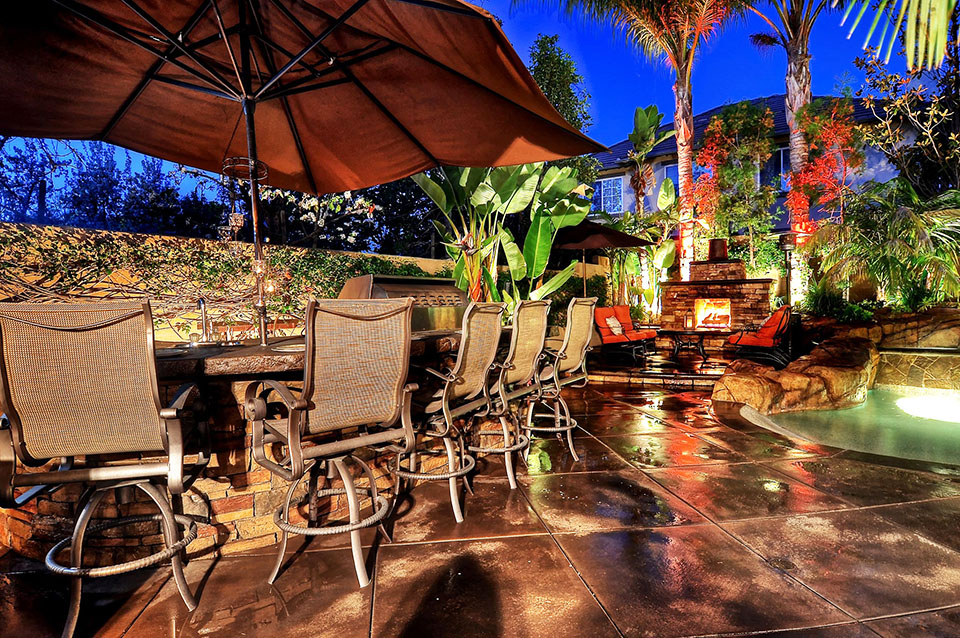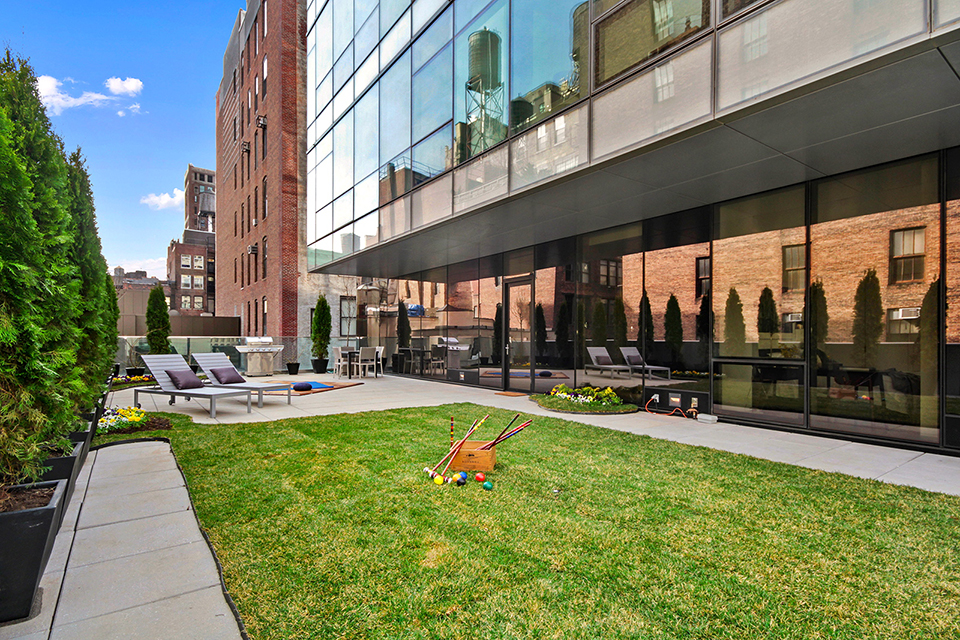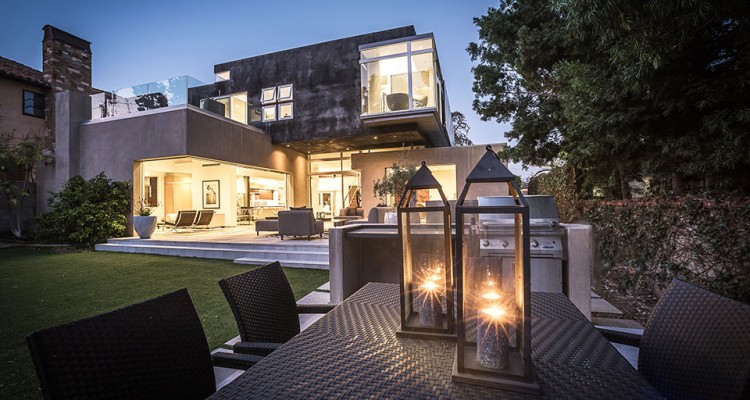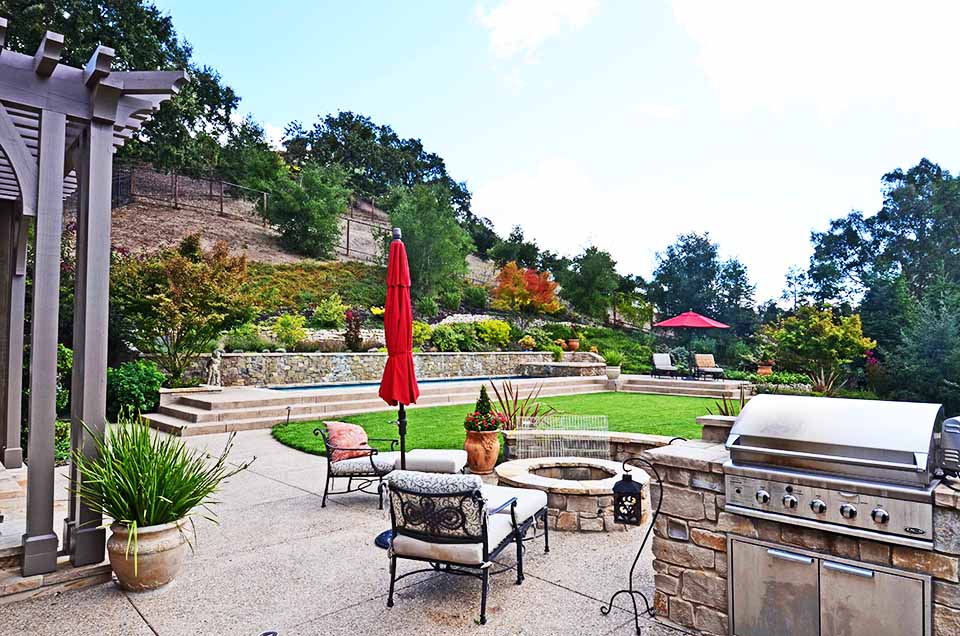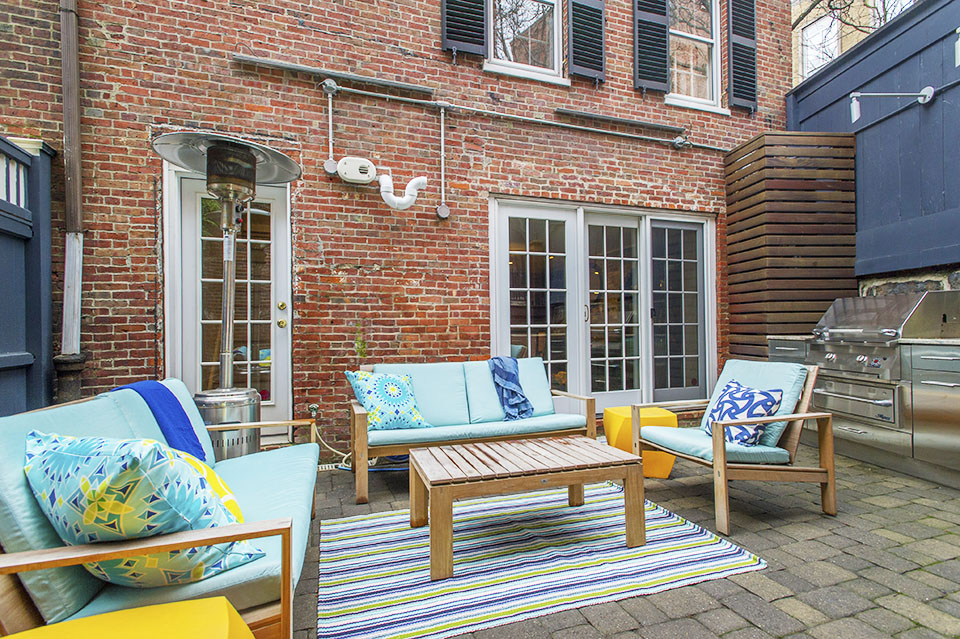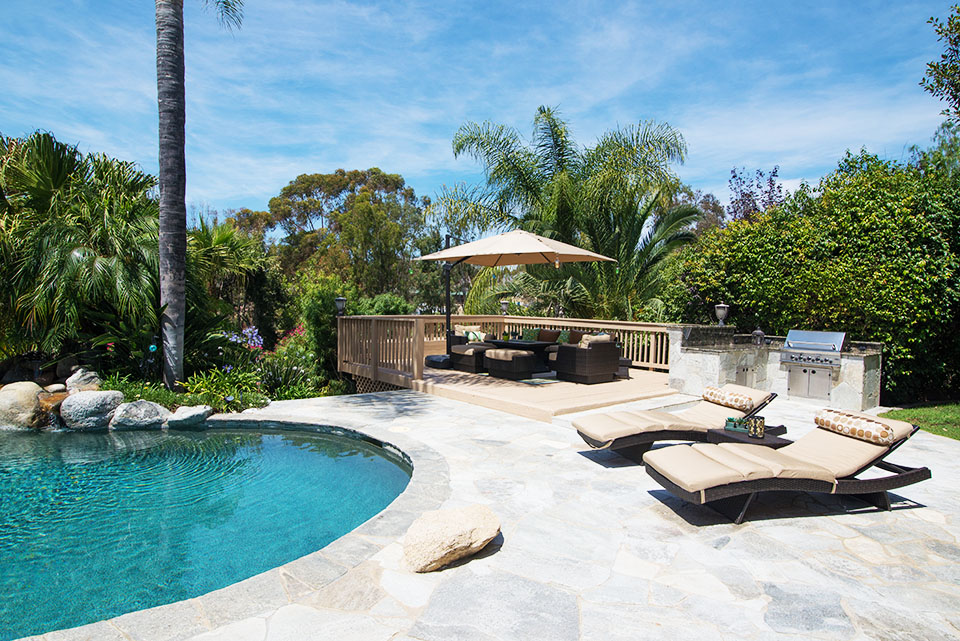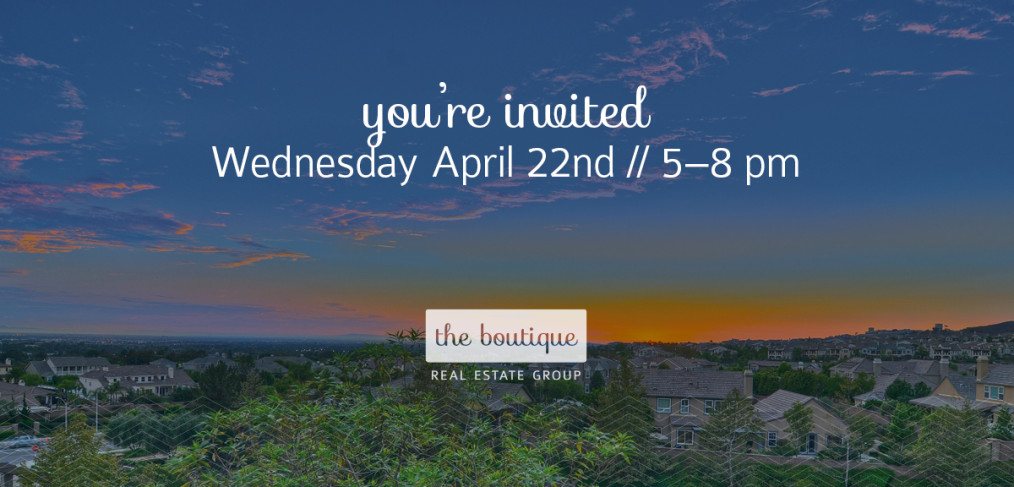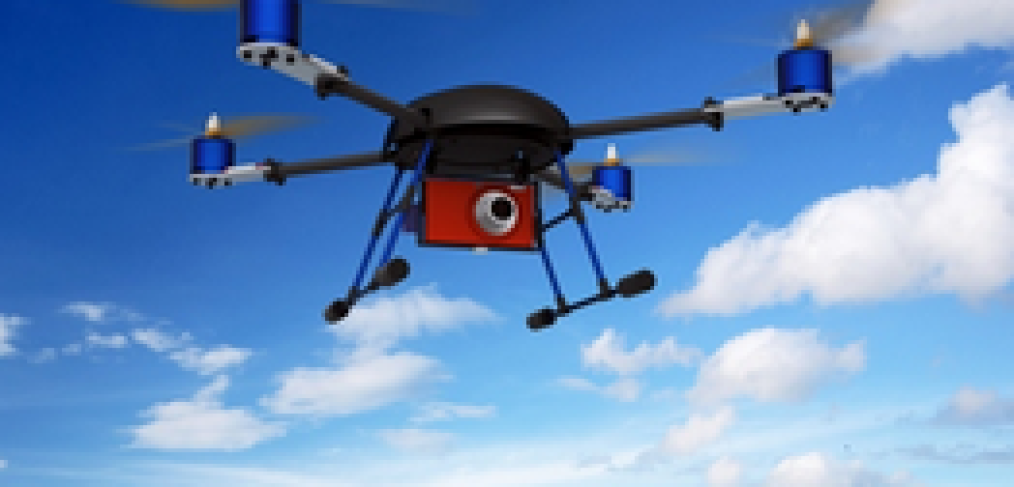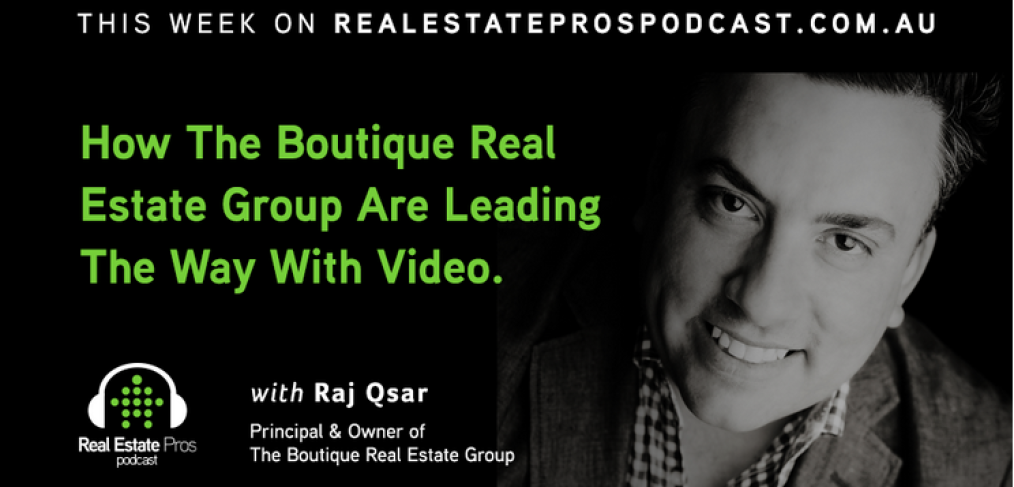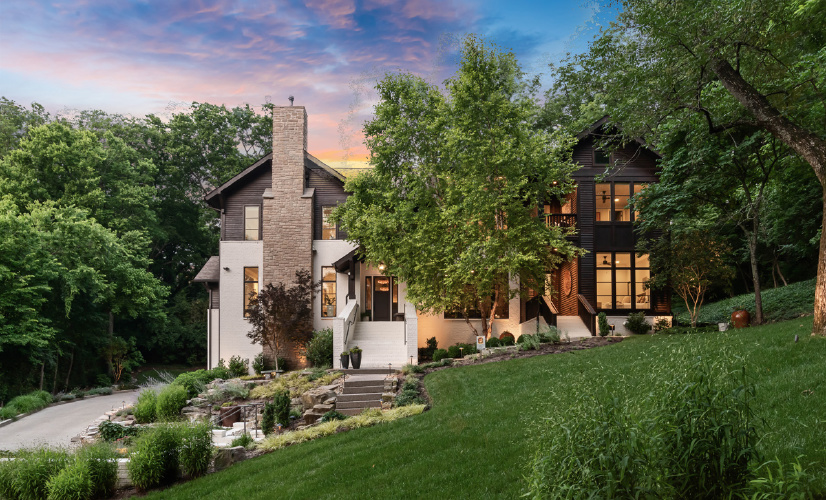The Boutique Real Estate Group
The beautiful brand and unique core values of The Boutique Real Estate Group have brought the romance back into real estate for me. The brand is not only captivating and effective, but it’s also crisp and classy; it stands out amongst the competition. Coupling this aesthetic with an exceptionally high level of service and an absolute commitment to excellence has allowed me to connect emotionally to all elements of the transaction. This connection is what has brought the passion back into the business. Taking the time to bond with my clients naturally sets the stage for a wonderful story. Everyone has a story to tell (see recent story from Zillow.com); it’s just about putting the extra time and energy into discovering the perfect way to portray it and push it out to the world. And at The Boutique the world does see it.
The Boutique is unlike any other brokerage I have ever seen or been affiliated with. The entire process and concept is just different. From the moment a client or prospect comes in (web or walk-in), we speak human, not real estate. Once we digitally sign a listing agreement with a Seller or meet with a Buyer the first time, the next steps aren’t “in your face” aggressive, yet the process is still highly effective. It’s about having an emotional connection with the client and truly understanding their future goals, which allows us to better represent and negotiate on their behalf.
The incorporation of technology at The Boutique is truly world class and something brought in from outside the industry. The digital tools I am now incorporating allow me to be more productive in a fraction of the time. I’m able to operate on a completely virtual platform and support a paperless transaction. I used to print out a copy of everything for the clients, which was overwhelming and extremely wasteful. Now everything is accessible to the clients and everyone else involved in the transaction via the web or mobile. With technology, prospecting effectively has taken on an entirely new meaning. Having a highly efficient Team CRM with the ability to set up immediate responses to incoming leads, set up workflows for current prospects, and then track progress is extremely straightforward and almost effortless.
The exceptionally high touch, luxury service offered by The Boutique is perfect for the Pasadena marketplace and consumers who love this great city. Pasadena has such a rich and diverse history that is exquisitely expressed through the gorgeous architecture found throughout the entire city. People who live here appreciate unique and that’s exactly what The Boutique offers, and then some! The competition is everywhere, mostly consisting of large offices that focus on quantity, not quality. When consumers in Pasadena and surrounding areas see what The Boutique has to offer – amazing photography, video and film production, 360 high definition walk throughs, in-house interior design and staging, in-house custom graphics and design, in-house social media, and dominating search engine marketing & optimization – they will see the way marketing should be done.
This passion for the creative process is portrayed in everything we do. Just look at what Mashable said about one of recently shot in house videos, “PLAIN VIDEO HOUSE TOURS ARE ALL WELL AND GOOD, BUT WHAT IF INSTEAD OF A DRY, ROOM-BY-ROOM TOUR AROUND A PROPERTY, YOU USED THE video to tell a story and sell a lifestyle? THE BOUTIQUE REAL ESTATE GROUP IS VERY GOOD AT THIS, PRODUCING A SERIES OF GLOSSY ADS FOR HOUSES THAT engage you WITH A SIMPLE PLOT DEVICE, MAKING THEM MUCH more interesting THAN THE AVERAGE TOUR. IN THIS EXAMPLE, SEEING THE KIDS RUN THROUGH THE BEAUTIFUL ROOMS AS THEY FIND A SUITABLE CUBBYHOLE FOR A GAME OF HIDE-AND-SEEK IS JUST A genius way TO SHOW THE HOME’S FAMILY-FRIENDLY, ATTRACTIVE LIVING SPACES.”
The emotional connection, advanced technology, luxury service, and creative offerings are all tied together with amazing support from the entire team at The Boutique. From the Founder//Owner, to the broker, to our concierge team, to the agents who are a part of the team, EVERYONE is constantly connected and here to support each other. The feeling of family and warmth here is exactly the type of work environment I want to be in. I really love knowing that my voice is heard and my concerns are addressed whether it’s a hurdle in a transaction or an opinion on a marketing piece. Real estate is a very personal business and it helps me be more successful having The Boutique in my corner of the ring.


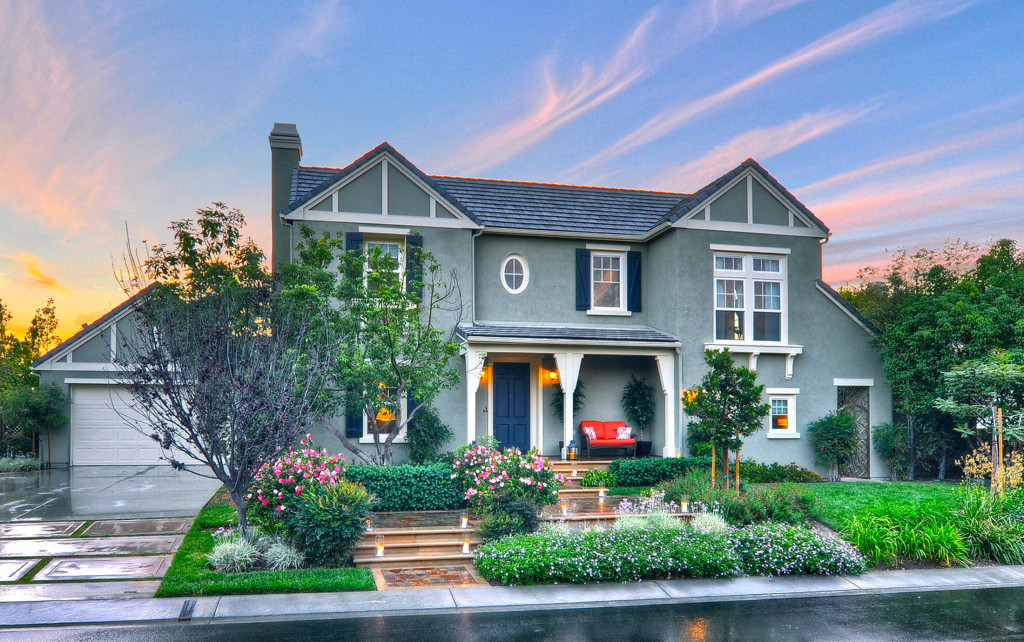
 s what he does with everything on an iPad.”
s what he does with everything on an iPad.”